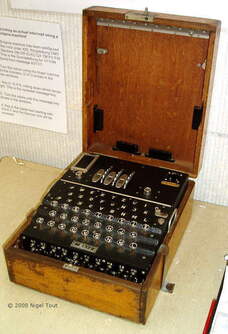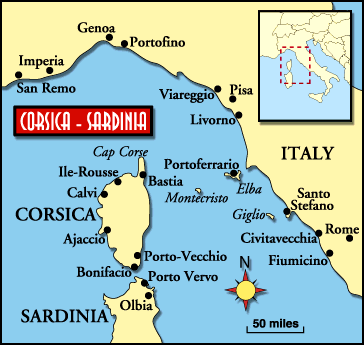|
by Dick Martin
Bob Slade spent three months on Luzon Island in early 1945 as part of the liberation of the Philippine Islands. One of his unit’s assignments was to trek into the mountains to dig out the Japanese who were known not to surrender. While investigating a cave, Bob and another soldier came upon bags and bags of Japanese Yen, which was going to be used to pay the Japanese soldiers. Since the Japanese were losing the war, Bob figured the Yen was worthless, so he kept a few bills for souvenirs and burned the rest. When the war ended, Bob was deployed into Japan as part of the occupational force where he found that the currency they had found was legal tender.
0 Comments
 By Dick Martin Enigma Cypher Machine – is an encryption device developed and used in the early – to mid-20th Century. As used in practice, the Enigma encryption was broken from 1932 by crypt analytic attacks from the Polish Cipher Bureau, which passed its info to the Allies. Germany believed that its secret codes for radio messages were indecipherable. However, the meticulous work of code breakers based at Britain’s Bletchley Park cracked the secrets of German wartime communications, and played a crucial role in the final defeat of Germany. Magic – was set up to combine the US government’s cryptologic capabilities in one organization dubbed the Research Bureau. Intelligence officers from the Army and Navy (and later civilian experts and technicians) were all under one roof. Although they worked on a series of codes and cyphers, their most important successes involved RED, BLUE, and PURPLE. RED - In 1923, a US Navy Officer acquired a stolen copy of the Secret Operating Code code book used by the Japanese Navy during World War I. Photographs of the code book were given to the crypt analysis at the Research Desk and the processed code was kept in red-colored folders (to indicate its Top-Secret classification) The code was called “RED.” BLUE – In 1930, the Japanese government created a more complex code that was code named BLUE, although RED was still being used for low-level communications. It was quickly broken by the Research Desk no later than 1932. US Military Intelligence COMINT listening stations began monitoring command-to-fleet, ship-to-ship and land-based communications using the code. PURPLE - After Japan’s ally Germany declared war in the fall of 1939, the German government began sending technical assistance to upgrade their communication and cryptography capabilities. One part was to send them modified Enigma machines to secure Japan’s high-level communications with Germany. The new code, code named PURPLE (from the color obtained by mixing red and blue), was baffling. ULTRA – was the designation adopted by British Military Intelligence in June 1941 for wartime signals intelligence obtained by breaking high-level encrypted enemy radio and teleprinter communications at the Government Code and Cypher School at Bletchley Park. The decisive or turning point battles were at Midway Island and Guadalcanal Island. Because we had broken the Jap code, we were waiting in ambush for them as they arrived at Midway. Later in the war, we were able to find Admiral Yamamoto and shoot down the plane he was in. If the codes had not been as successful in breaking the Axis’s code in transmitting messages as they were, some experts think the war could have gone on for a bloody three more years. Taken from information found on Wikipedia and John Costelo’s book “The Pacific War.” by Dick Martin  Double-Take! Anyone who has been in the military knows how important the “luck of the draw” is during their service. It appeared John Palsma had won the lottery and would spend the war in Corsica, South Dakota, 47 miles from Springfield. A closer look at his orders, however, revealed John wasn’t so lucky because it was the island of Corsica in the Mediterranean Sea, 5500 miles from Springfield, that he was headed for. |
Categories
All
Archives
October 2023
|